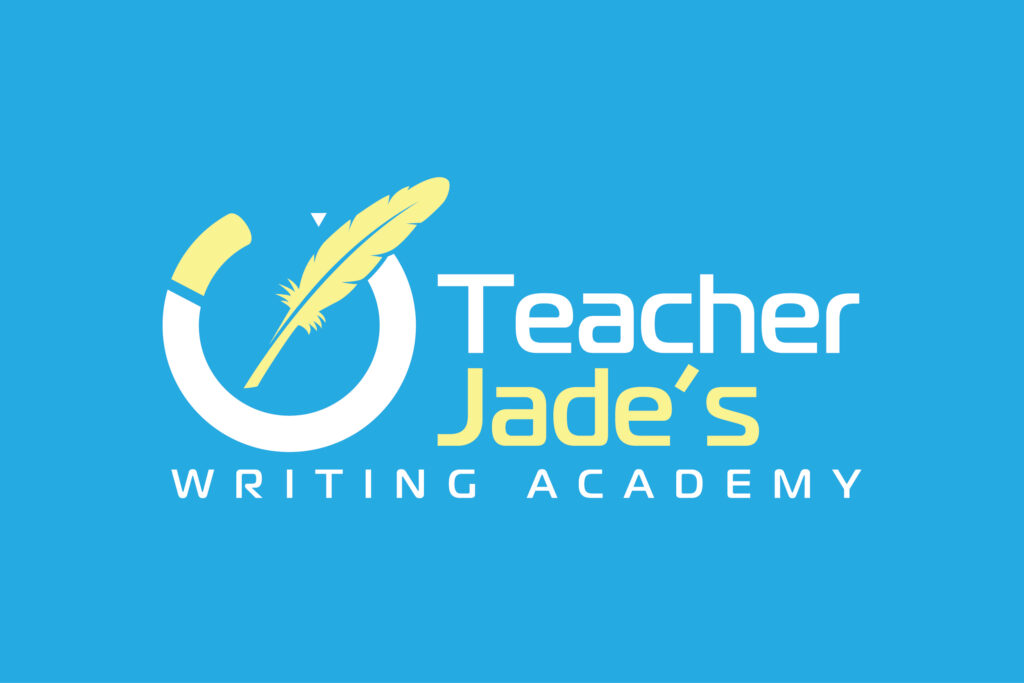Business
Thriving Amidst Change: Reimagining Education in the Era of Teacher Shortages and Digital Innovations
In an age of rapid technological advancement and evolving learning styles, the traditional approach to education is facing unprecedented challenges. As schools grapple with teacher shortages and struggle to keep up with modern demands, it’s essential to examine the roots of the educational system and explore innovative solutions to ensure both educators and students thrive.

The Industrial Revolution Model: An Outdated Framework
Rows of desks, rigid schedules, and a one-size-fits-all curriculum were the norms. However, the changing world requires adaptable skills and critical thinking that transcend rote memorization. As a result, schools that cling to this outdated model are finding it challenging to keep students engaged and competitive in the 21st century. Forcing teachers to use outdated practices and technology is an increasing problem leading to the shortage and burnout.
Rise of Virtual Learning: Addressing the Teacher Shortage
Amid the teacher shortage crisis, virtual learning has emerged as a viable solution. Online education platforms offer flexibility and accessibility, allowing students to learn at their own pace. This shift towards virtual learning can help bridge the gap created by the teacher shortage and provide opportunities for educators to expand their reach beyond traditional classrooms.
Transforming Burnout into Virtual Teaching: A Path to Renewed Purpose
For educators grappling with burnout, transitioning to virtual teaching can breathe new life into their careers. The flexible nature of online education allows teachers to design personalized learning experiences, catering to individual student needs, or creating full curriculum for group classes. This change can reinvigorate a teacher’s sense of purpose.

Diversifying Income Streams: Thriving Beyond the Classroom
Virtual educators can explore multiple income streams to thrive in this changing landscape. Selling curriculum materials, creating lesson plans, and offering tutoring services can provide additional sources of income while enriching the educational experience. Teachers possess a wealth of knowledge and skills that can be valuable beyond the confines of a traditional classroom. So, while traditional classrooms may be changing, teachers can begin to change how they teach and take more control of their income.
Addressing the Digital Divide: Ensuring Equitable Access
While virtual learning offers promising opportunities, it’s crucial to acknowledge the digital divide. Not all students have equal access to technology and the internet, potentially exacerbating educational inequalities. When I left the classroom, it took a while for me to become comfortable with charging families, but I had to change my mindset and remember that this is a business, not charity. Schools and policymakers must work collaboratively to ensure that every student has the tools they need to succeed in a digital world. I offer scholarships and mini grants through my Academy for families taking my courses.
Becoming a Resilient Educator Amidst Change
Despite the challenges facing the educational system, educators have the power to adapt and thrive. Embracing the shift towards virtual learning and exploring new income avenues allows teachers to take control of their careers and make a lasting impact on students’ lives.
As schools navigate the evolving landscape of education, it’s imperative to shed the shackles of an outdated model and embrace innovation. The teacher shortage need not signify the decline of education; instead, it’s an opportunity for educators to reinvigorate their profession and create meaningful change.
In the face of a changing world, educators remain the cornerstone of learning. By embracing modern approaches and adapting to the needs of the present, teachers can continue to inspire and shape the minds of the future, ensuring that education evolves alongside the demands of society.
As we reimagine education, we have the power to lay the foundation for a brighter, more inclusive future.
